Home>diy>Architecture & Design>What Does “WD” Mean On A Floor Plan
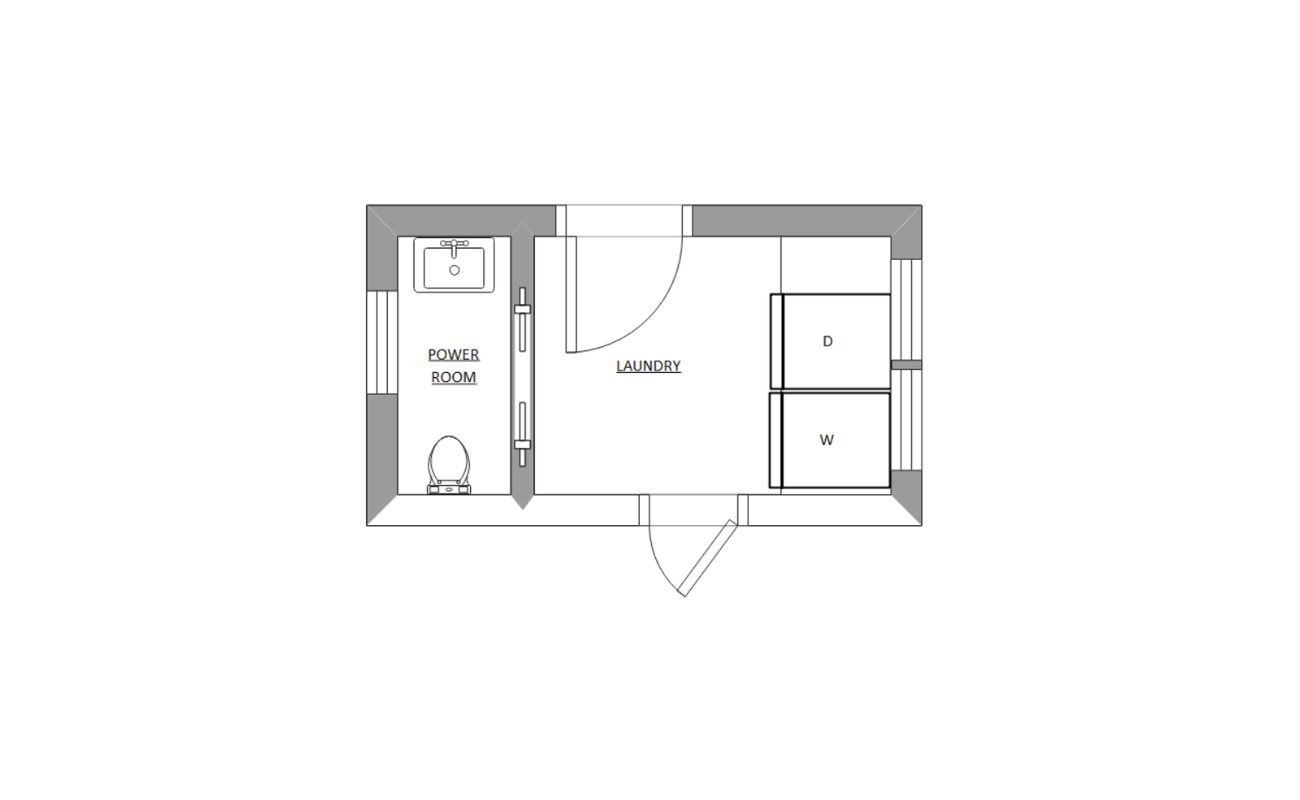

Architecture & Design
What Does “WD” Mean On A Floor Plan
Modified: May 6, 2024
Learn the meaning of "WD" on a floor plan and its significance in architecture design. Gain insights into this important term used in the field.
(Many of the links in this article redirect to a specific reviewed product. Your purchase of these products through affiliate links helps to generate commission for Storables.com, at no extra cost. Learn more)
Introduction
When it comes to architectural design, every detail matters. From the placement of windows to the selection of materials, everything is carefully considered to create functional and visually appealing spaces.
One crucial element of architectural design that often goes unnoticed is the floor plan. A floor plan is a diagram that showcases the layout of a building and its various rooms and spaces. It provides a bird’s eye view of the structure, allowing architects, designers, and contractors to visualize the space and plan accordingly.
Within a floor plan, numerous symbols and abbreviations are used to convey important information. One commonly used abbreviation is “WD”. Like many other abbreviations on a floor plan, “WD” has a specific meaning that is important to understand in order to decipher the plan accurately.
In this article, we will explore the meaning of “WD” on a floor plan, its importance, and how it is commonly used in architectural design.
Key Takeaways:
- Understanding “WD” symbols on a floor plan is crucial for effective communication and coordination in architectural design, ensuring functional spaces and compliance with building codes.
- The inclusion of “WD” symbols enhances collaboration among professionals, allowing for efficient planning, resource management, and accurate execution of design intentions in construction projects.
Read more: What Does A Split Floor Plan Mean
Definition of WD
On a floor plan, “WD” stands for “Wet/Dry.” This abbreviation is used to indicate whether a specific area of a building is meant to be wet or dry.
In architectural terminology, wet areas refer to spaces where water is used or present, such as bathrooms, kitchens, utility rooms, and laundry areas. These areas typically require additional considerations in terms of plumbing, waterproofing, and ventilation.
On the other hand, dry areas are spaces that do not involve water usage, such as living rooms, bedrooms, offices, and storage areas.
The use of the “WD” abbreviation allows architects and designers to clearly identify and differentiate between wet and dry areas on a floor plan. This distinction is important for various reasons, including building functionality, safety, and compliance with building codes and regulations.
Understanding the meaning of “WD” is essential for anyone involved in the construction or renovation process, as it helps them effectively communicate and implement the appropriate design and construction techniques for each specific area of the building.
Importance of WD on a Floor Plan
The inclusion of the “WD” abbreviation on a floor plan serves several important purposes. Let’s explore the significance of WD symbols in architectural design.
- Planning and organization: By clearly indicating wet and dry areas on a floor plan, architects and designers can effectively plan the layout and organization of spaces. This helps in determining the most optimal placement of plumbing fixtures, electrical outlets, and other necessary elements.
- Functional design: The distinction between wet and dry areas is critical for ensuring that spaces are designed with their specific functions in mind. For example, by clearly identifying wet areas like bathrooms and kitchens, architects can allocate sufficient space for fixtures, plumbing connections, and ventilation systems.
- Efficient infrastructure: Properly delineating wet and dry areas helps in designing efficient infrastructure systems within the building. For wet areas, plumbing lines, drainage systems, and waterproofing measures can be appropriately incorporated. Meanwhile, dry areas can be optimized for electrical wiring, HVAC installations, and other related considerations.
- Safety and building codes: Identifying wet areas is crucial to ensure compliance with safety regulations and building codes. Appropriate waterproofing measures, such as moisture barriers and proper drainage, can be implemented to prevent water damage and mold growth. It also allows for the installation of necessary safety features, such as ground fault circuit interrupters (GFCIs) in wet areas.
- Cost and resource management: Differentiating between wet and dry areas enables designers to allocate resources and materials effectively. For instance, wet areas may require specific flooring materials, wall treatments, and plumbing fixtures, while dry areas may have different requirements. This helps in budgeting and optimal resource utilization during the construction process.
The WD symbols on a floor plan provide valuable information that ensures a well-designed, functional, and compliant building. Architects, designers, builders, and other professionals can collaborate more efficiently and effectively when they have a clear understanding of the wet and dry areas within the design.
“WD” on a floor plan typically stands for “washing/dryer,” indicating the location where the washing machine and dryer will be installed in the home.
Common Uses of WD on a Floor Plan
The “WD” abbreviation on a floor plan has various common uses that help communicate specific design intentions and requirements. Let’s explore some of the most common applications of WD symbols.
- Kitchen and bathroom design: In residential floor plans, the “WD” symbols are often used to indicate the wet areas of the house, such as kitchens and bathrooms. This helps in planning the layout, plumbing connections, and ventilation systems for these essential spaces.
- Commercial and institutional buildings: WD symbols are also used in floor plans for commercial buildings, such as restaurants, hotels, and healthcare facilities. These symbols help in identifying areas where water-intensive activities take place, such as food preparation areas, laundry rooms, and medical procedure rooms.
- Multi-family housing: In apartment buildings or condominiums, the inclusion of the “WD” abbreviation assists in distinguishing wet areas, such as shared laundry rooms or common area kitchens, from dry areas like living rooms and bedrooms. This ensures that proper plumbing and ventilation systems are incorporated where necessary.
- Outdoor spaces: In addition to indoor areas, WD symbols can also be used in floor plans for outdoor spaces. For example, they can indicate the location of swimming pools, outdoor showers, or garden irrigation systems.
- Building renovations: When renovating or remodeling an existing building, the inclusion of WD symbols on the floor plan helps in identifying areas that require plumbing modifications or waterproofing upgrades. This ensures that the necessary improvements are made to meet current standards and regulations.
By incorporating WD symbols on a floor plan, architectural professionals can effectively communicate design intentions to contractors, builders, plumbers, and other stakeholders involved in the construction or renovation process. This helps in ensuring that the final built environment aligns with the desired functionality and design.
Understanding WD Symbols on a Floor Plan
Deciphering the meaning of WD symbols on a floor plan is crucial for accurately understanding the design intent and requirements of a building. Here are some key aspects to consider when interpreting WD symbols:
- Legend or Key: Most floor plans include a legend or key that provides a comprehensive list of symbols and abbreviations used throughout the drawing. The key will clearly define what the “WD” symbol represents in that specific floor plan.
- Placement and Labeling: Look for the positional placement of the WD symbols on the floor plan. Wet areas, such as bathrooms or kitchens, are typically labeled and marked in their respective locations. Dry areas are usually left unlabeled as they are the default designation.
- Context: Consider the context of the floor plan. The size and layout of a room often provide clues as to whether it is intended to be a wet or dry area. For instance, large open areas are more likely to be dry spaces like living rooms or bedrooms, while smaller enclosed spaces are more likely to be wet areas like bathrooms or utility rooms.
- Additional Symbols: Pay attention to other symbols on the floor plan that can complement the meaning of the WD symbols. For example, plumbing symbols, such as faucets or drains, in conjunction with the WD abbreviation, indicate a wet area.
- Consultation: When in doubt, consult with the architect, designer, or other professionals involved in the project. They can provide clarification and specific information regarding the use of WD symbols within the floor plan.
Understanding WD symbols on a floor plan is vital for effective communication and coordination between various parties involved in the construction process. It ensures that the design, construction, and installation of necessary systems align with the intended purpose and functionality of each area.
Remember, every floor plan may have its own interpretation of WD symbols, so it’s essential to refer to the legend or key provided within the specific floor plan you are working with.
Read more: What Does “WH” Mean In A Floor Plan
Conclusion
The “WD” symbols on a floor plan play a significant role in communicating the distinction between wet and dry areas within a building. Understanding the meaning of these symbols is essential for architects, designers, contractors, and other professionals involved in the construction or renovation process.
By clearly identifying wet and dry areas on a floor plan, architects and designers can effectively plan the layout, infrastructure, and materials needed for each specific space. This ensures functional design, compliance with building codes, and efficient resource management.
Furthermore, the inclusion of WD symbols enhances communication and collaboration among professionals, allowing for effective coordination and implementation of design intentions. Contractors, plumbers, and other tradespeople can accurately interpret the floor plan and execute their tasks accordingly.
When deciphering WD symbols on a floor plan, it is important to refer to the legend or key provided within the specific drawing. This will provide the precise definition and usage of WD symbols for that particular project.
In conclusion, understanding WD symbols on a floor plan is essential for creating well-designed, functional, and compliant buildings. It enables architects and designers to effectively communicate their design intent, and ensures that the construction process aligns with the intended purpose and functionality of each area. So the next time you come across “WD” on a floor plan, you’ll have a clear understanding of its significance.
Curious about how floor plans are designed and read? Our next article dives into the basics of what a floor plan is, helping you master the art of understanding these crucial architectural layouts. Whether you're planning a new home or just love architecture, gaining knowledge about floor plans offers valuable insights into building and design processes that shape our living spaces.
Frequently Asked Questions about What Does "WD" Mean On A Floor Plan
Was this page helpful?
At Storables.com, we guarantee accurate and reliable information. Our content, validated by Expert Board Contributors, is crafted following stringent Editorial Policies. We're committed to providing you with well-researched, expert-backed insights for all your informational needs.
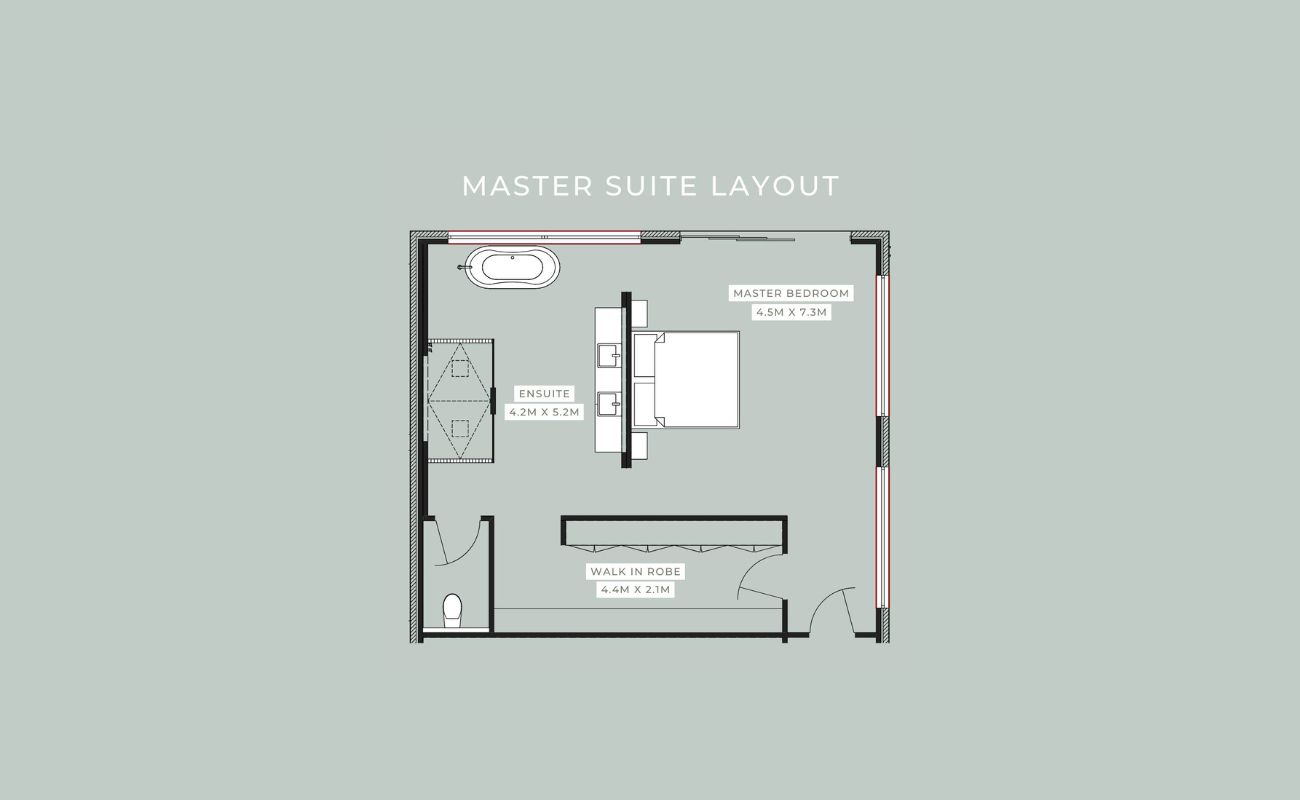
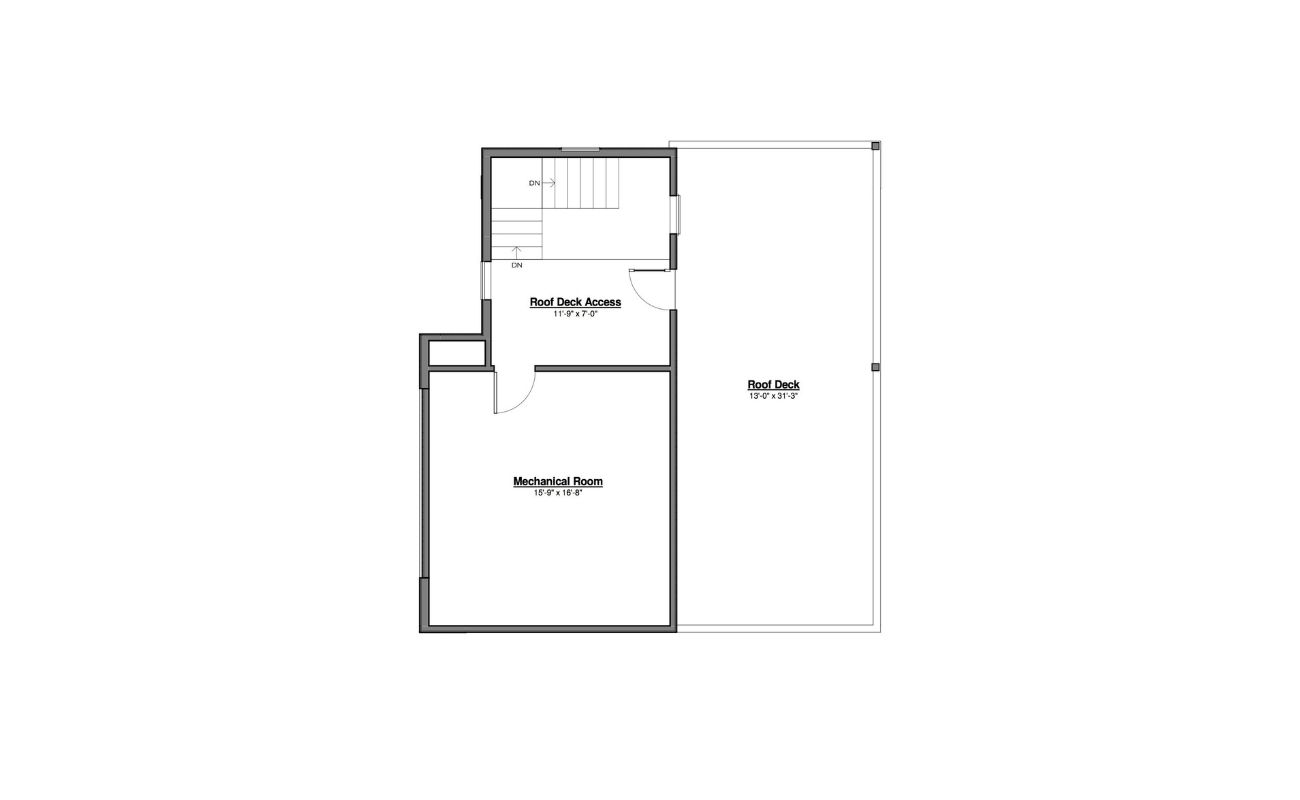

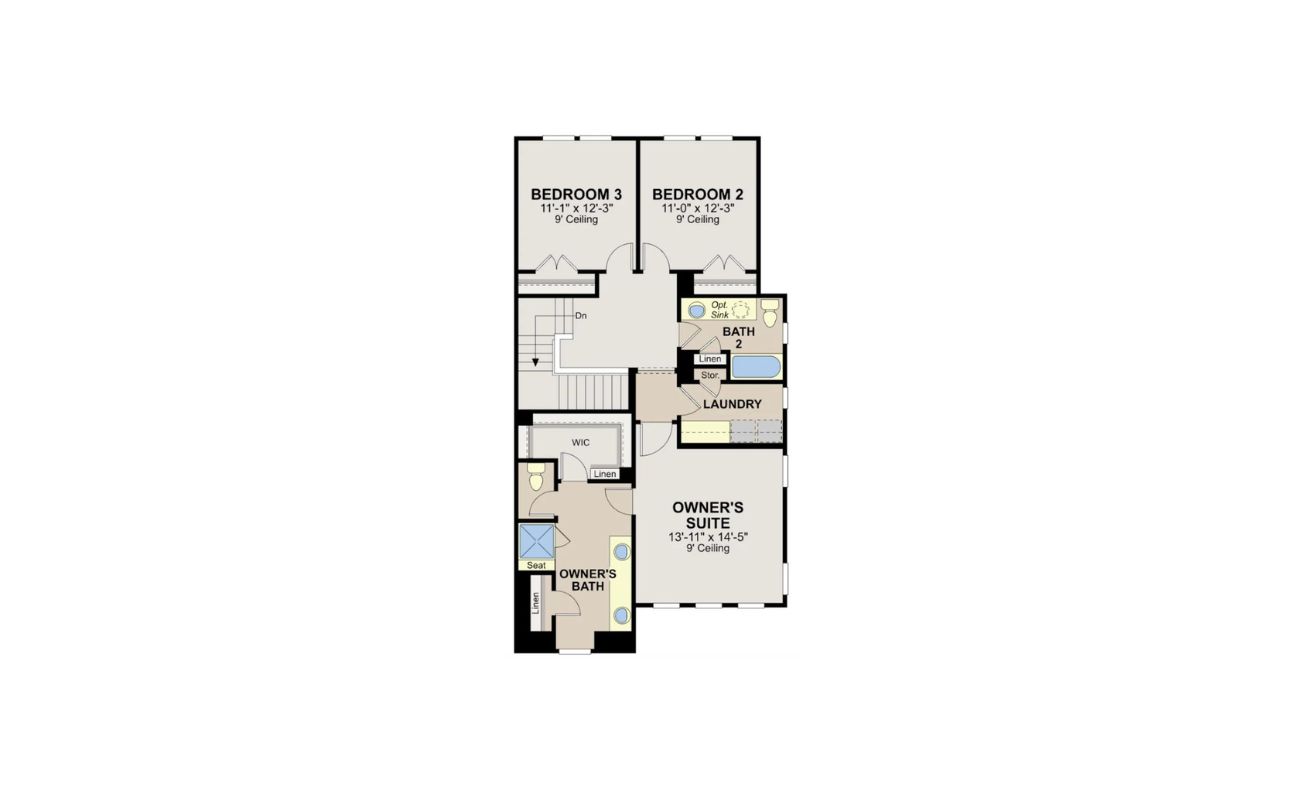
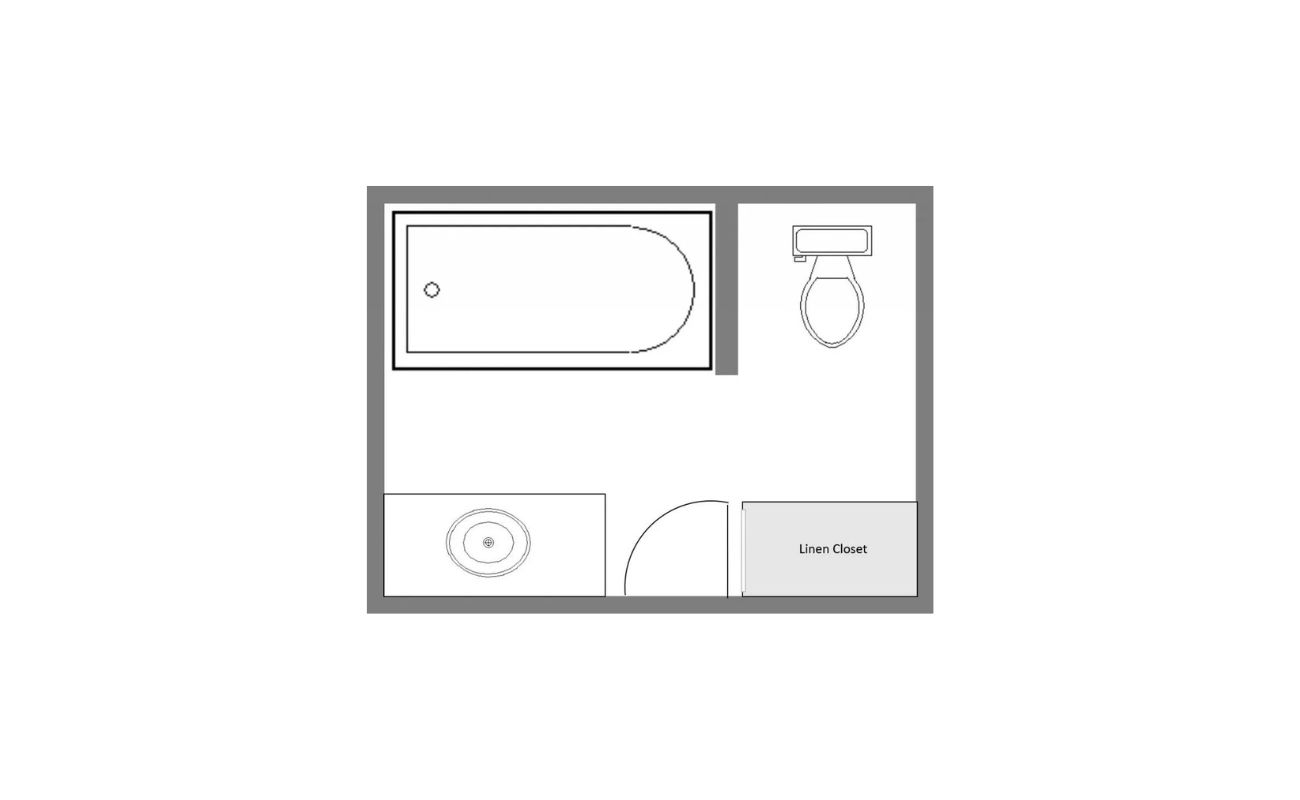
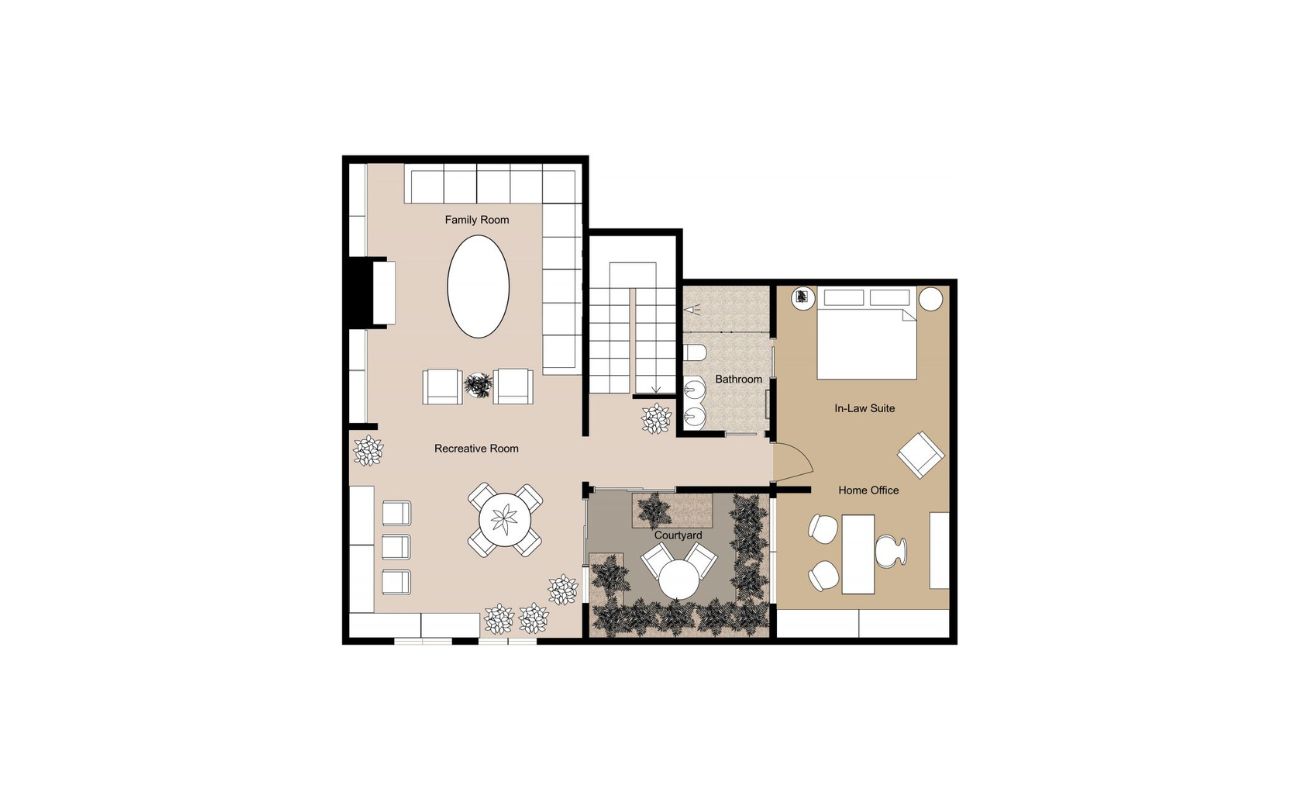
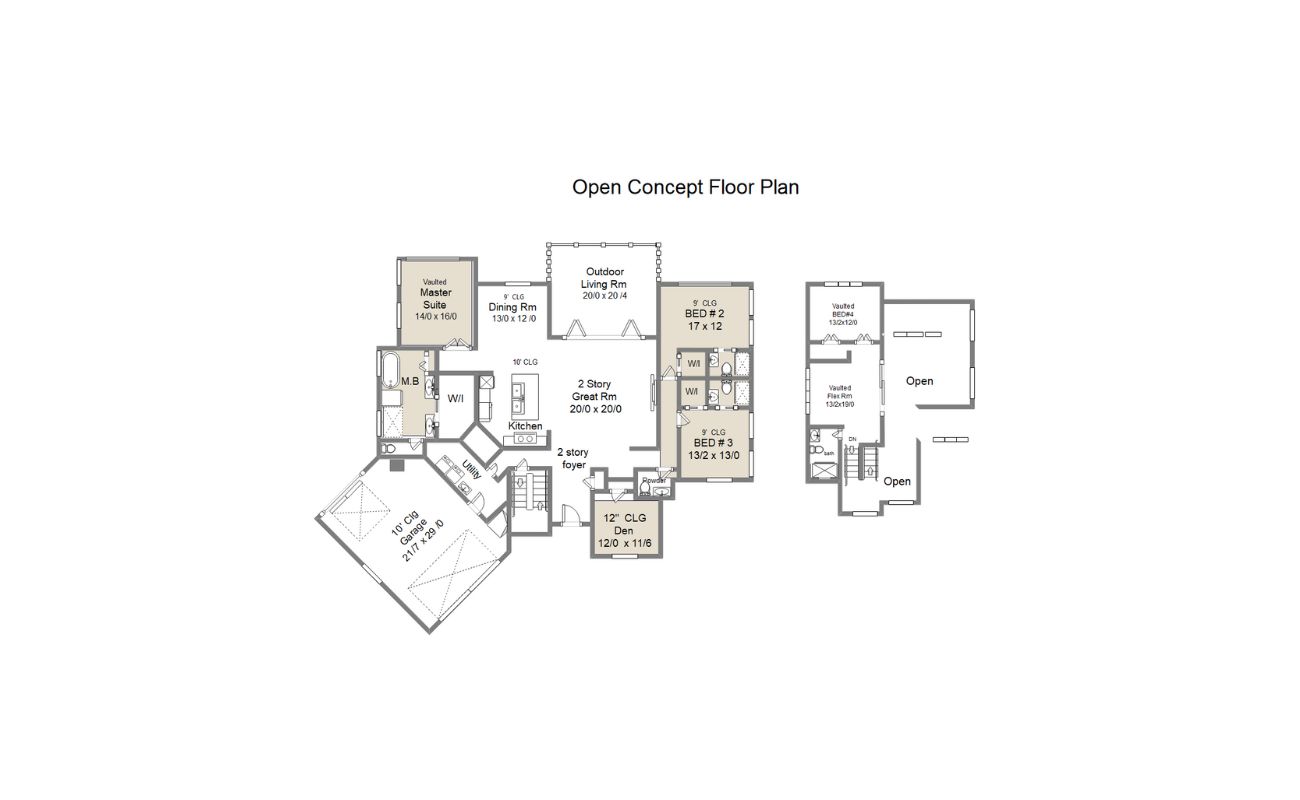
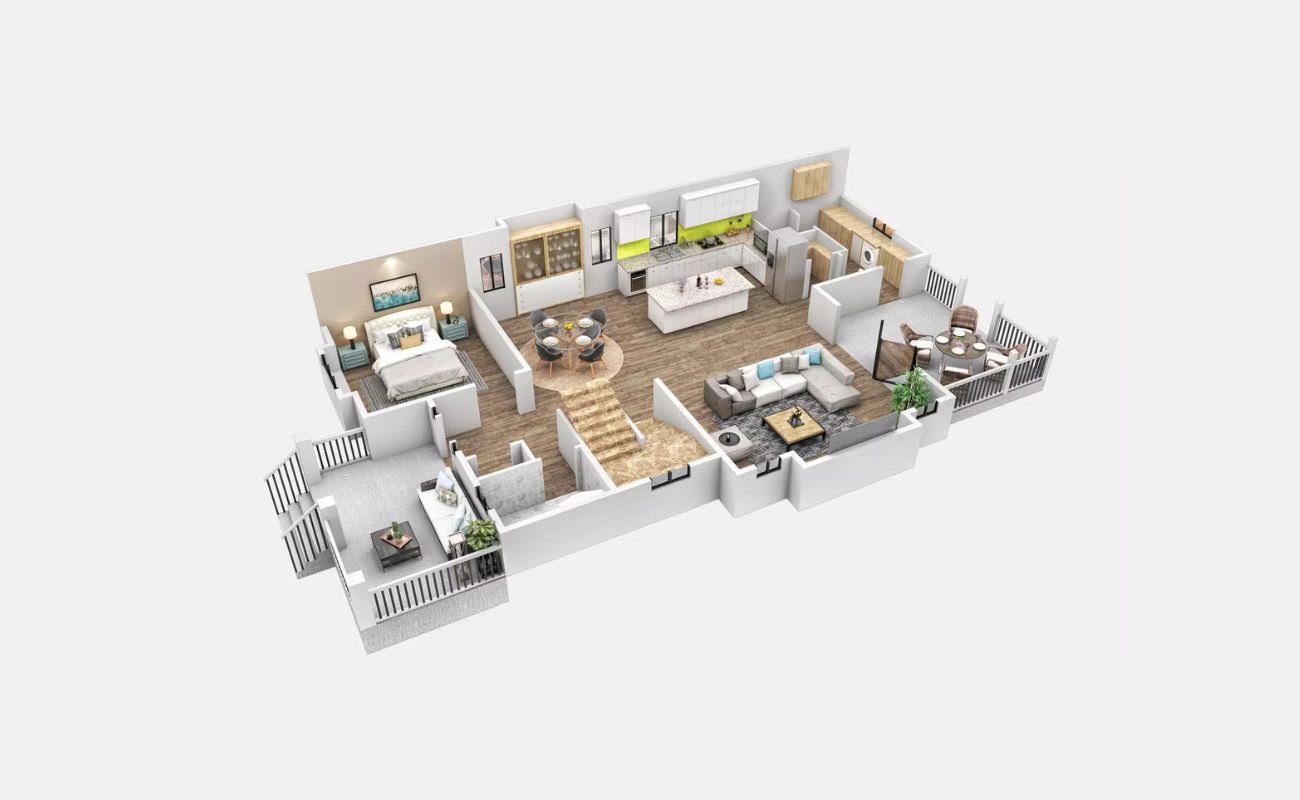
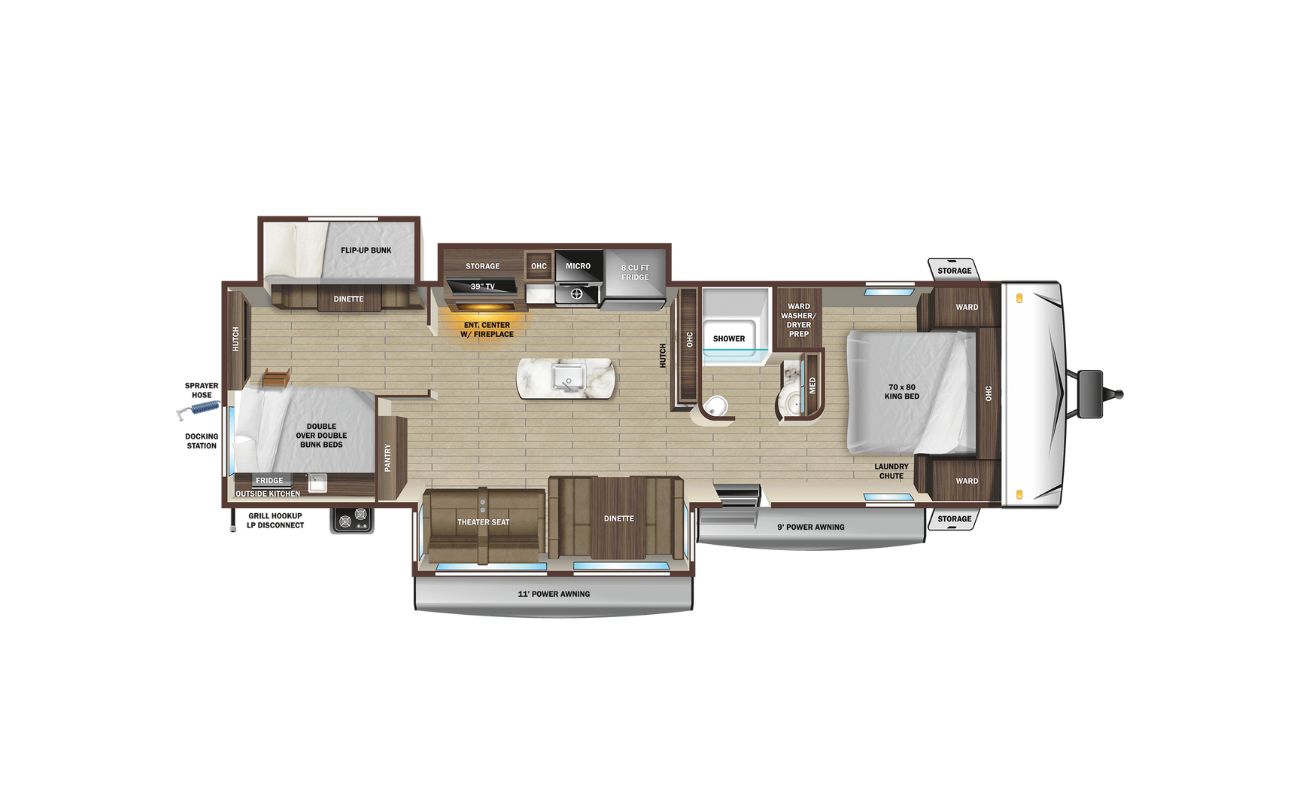
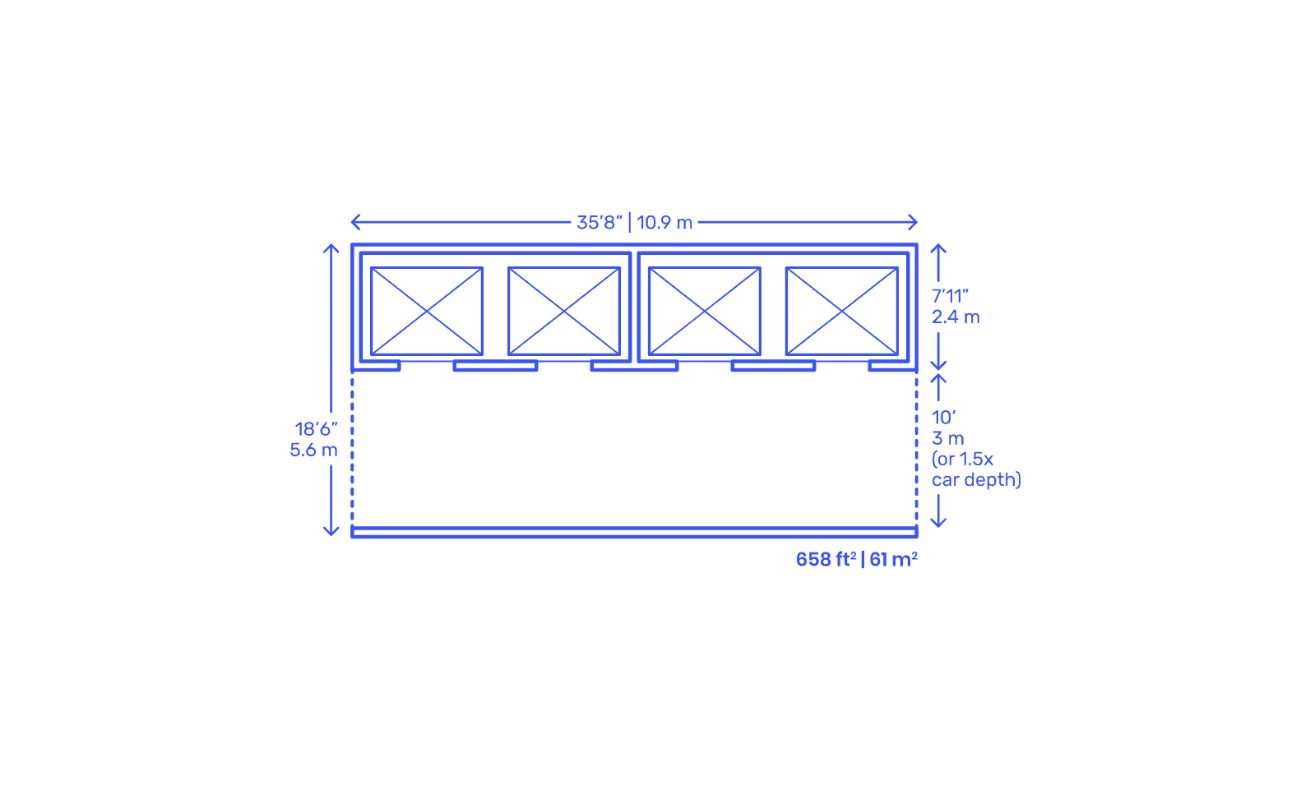
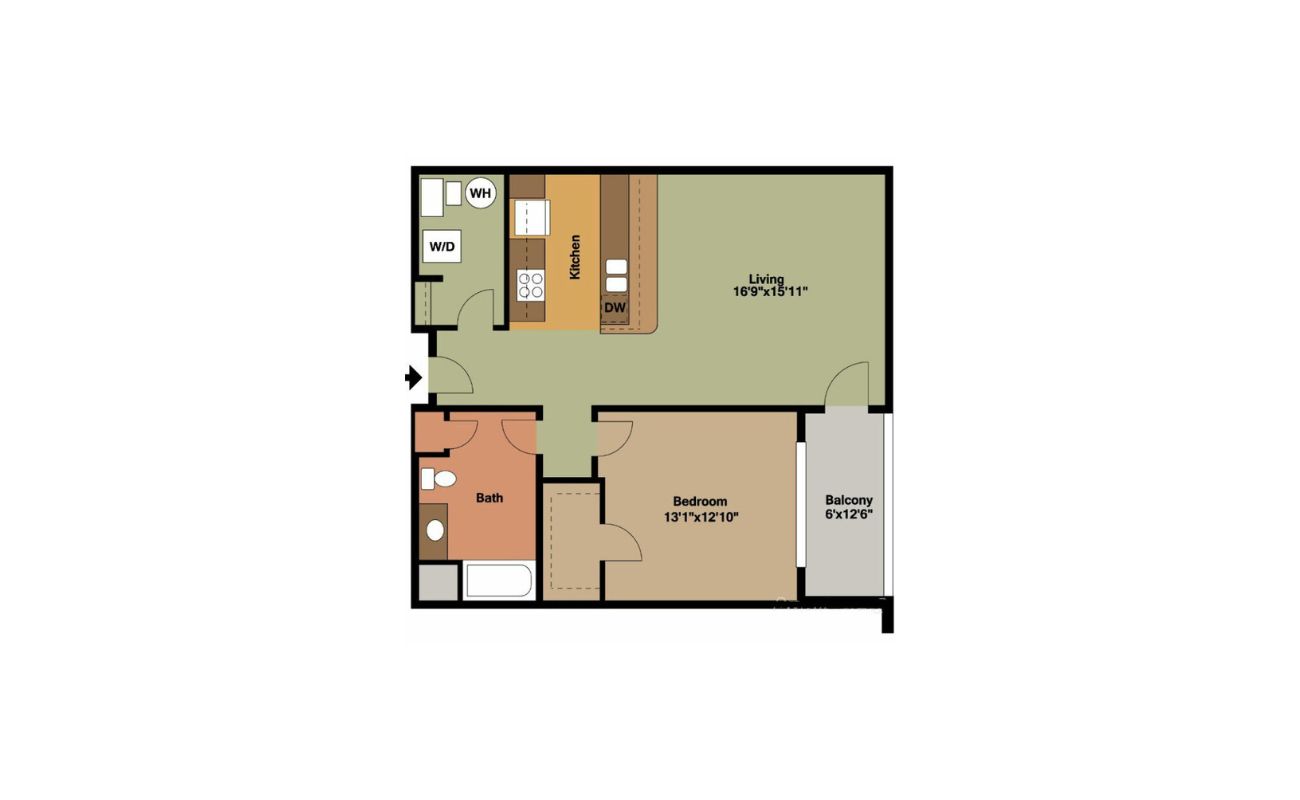
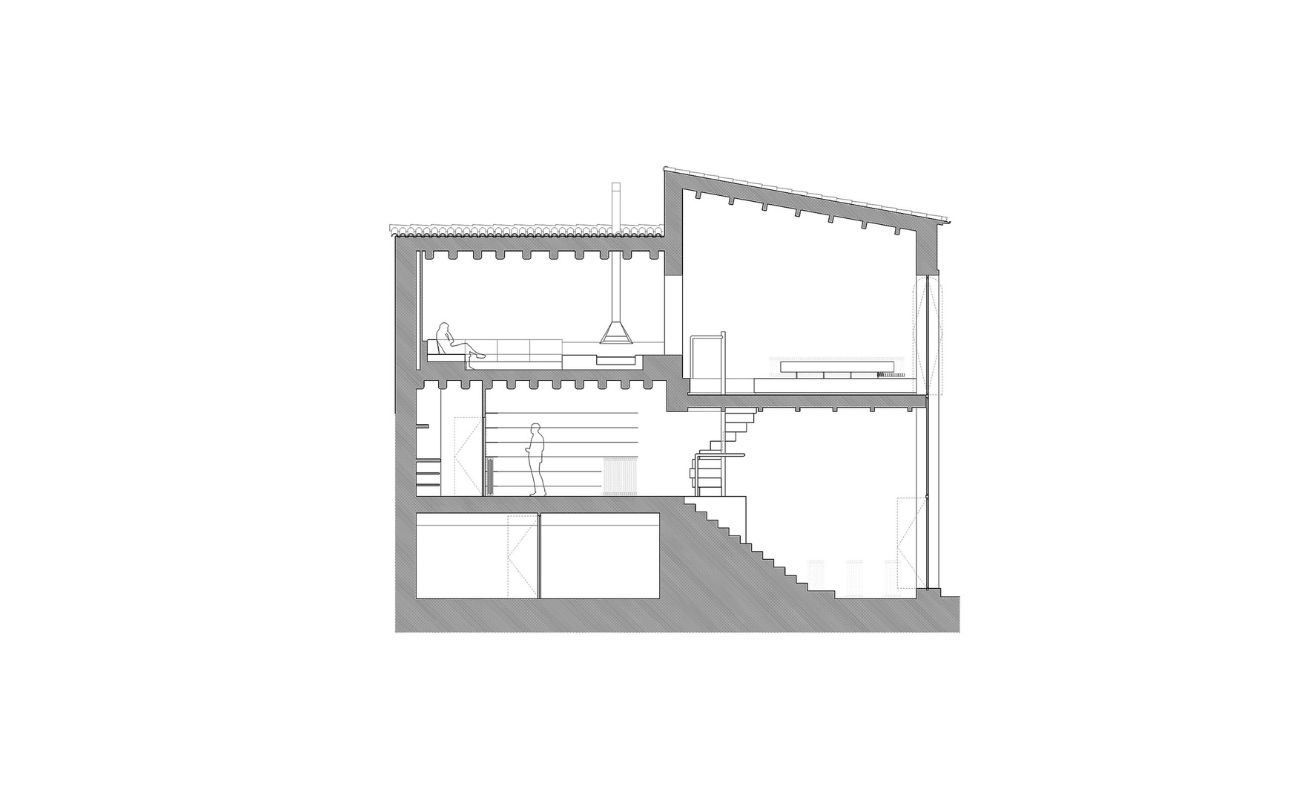
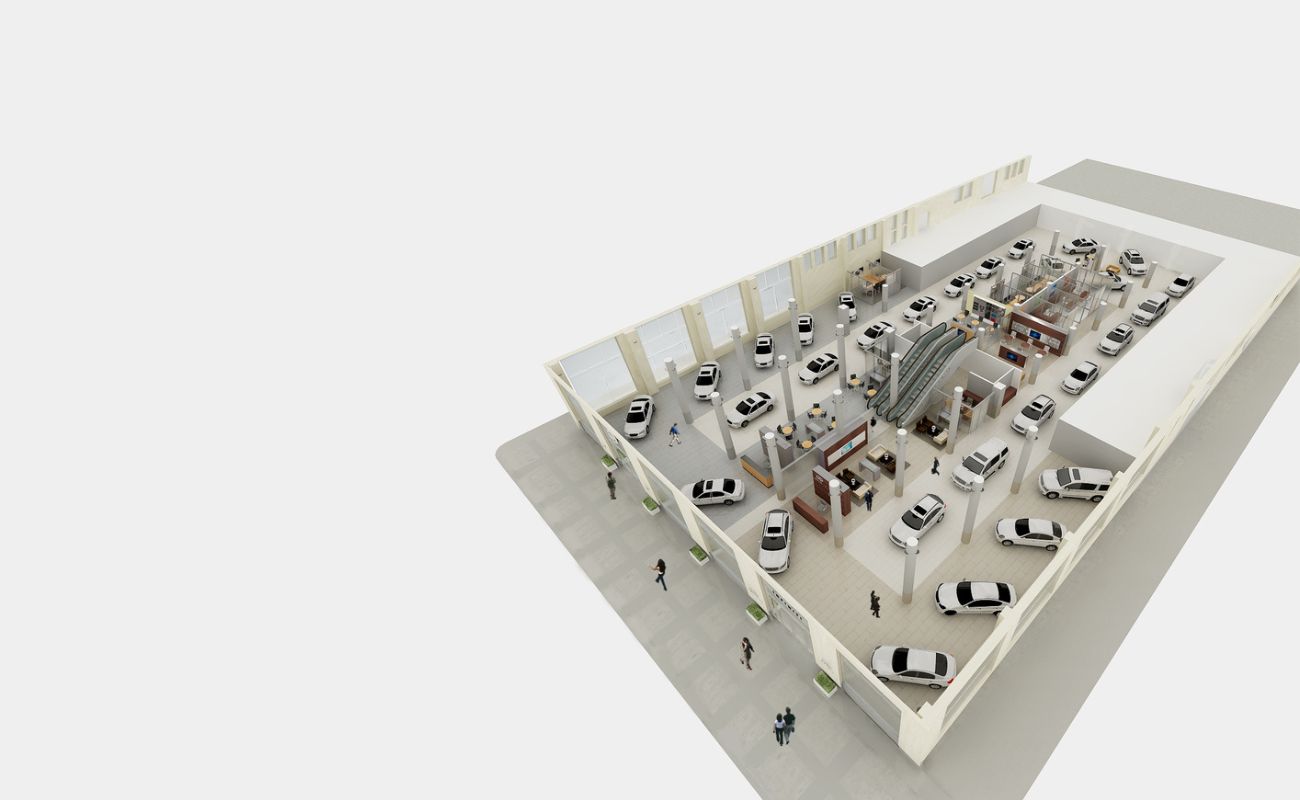
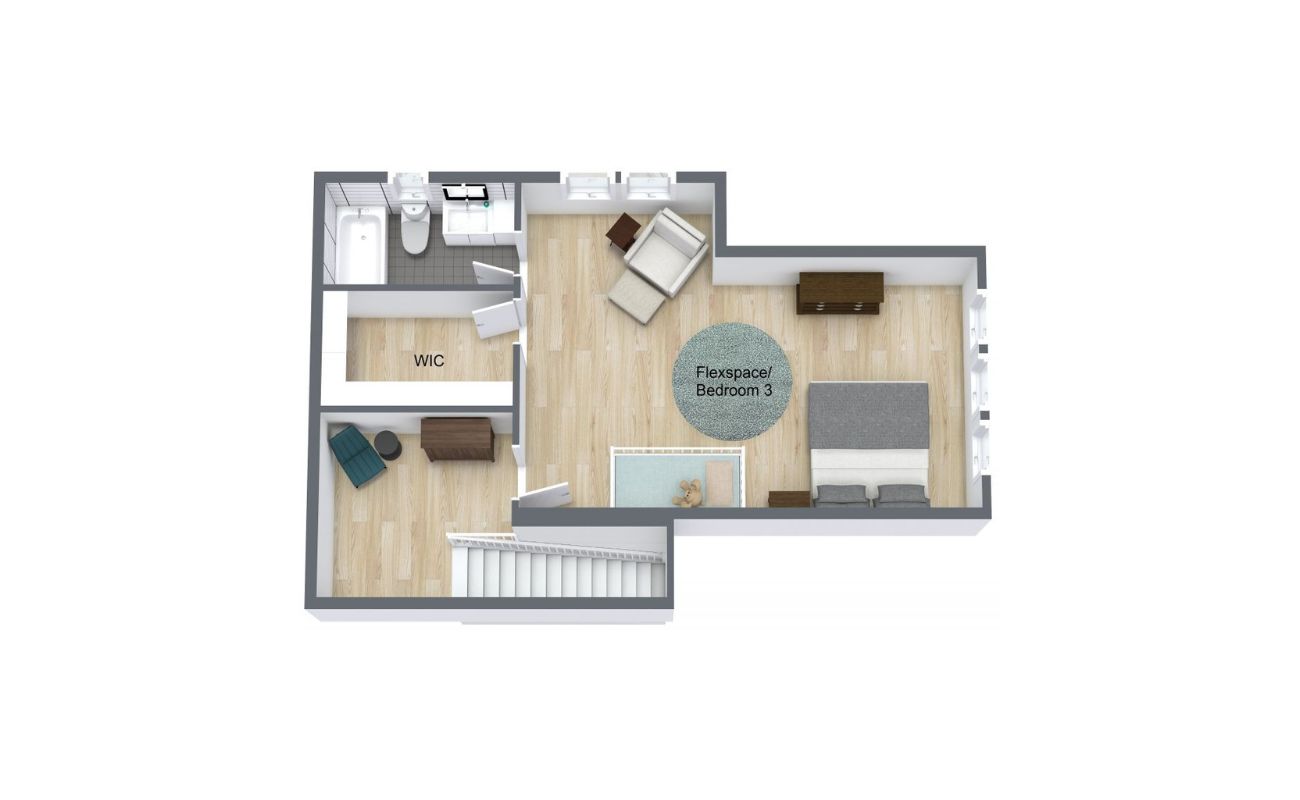

0 thoughts on “What Does “WD” Mean On A Floor Plan”